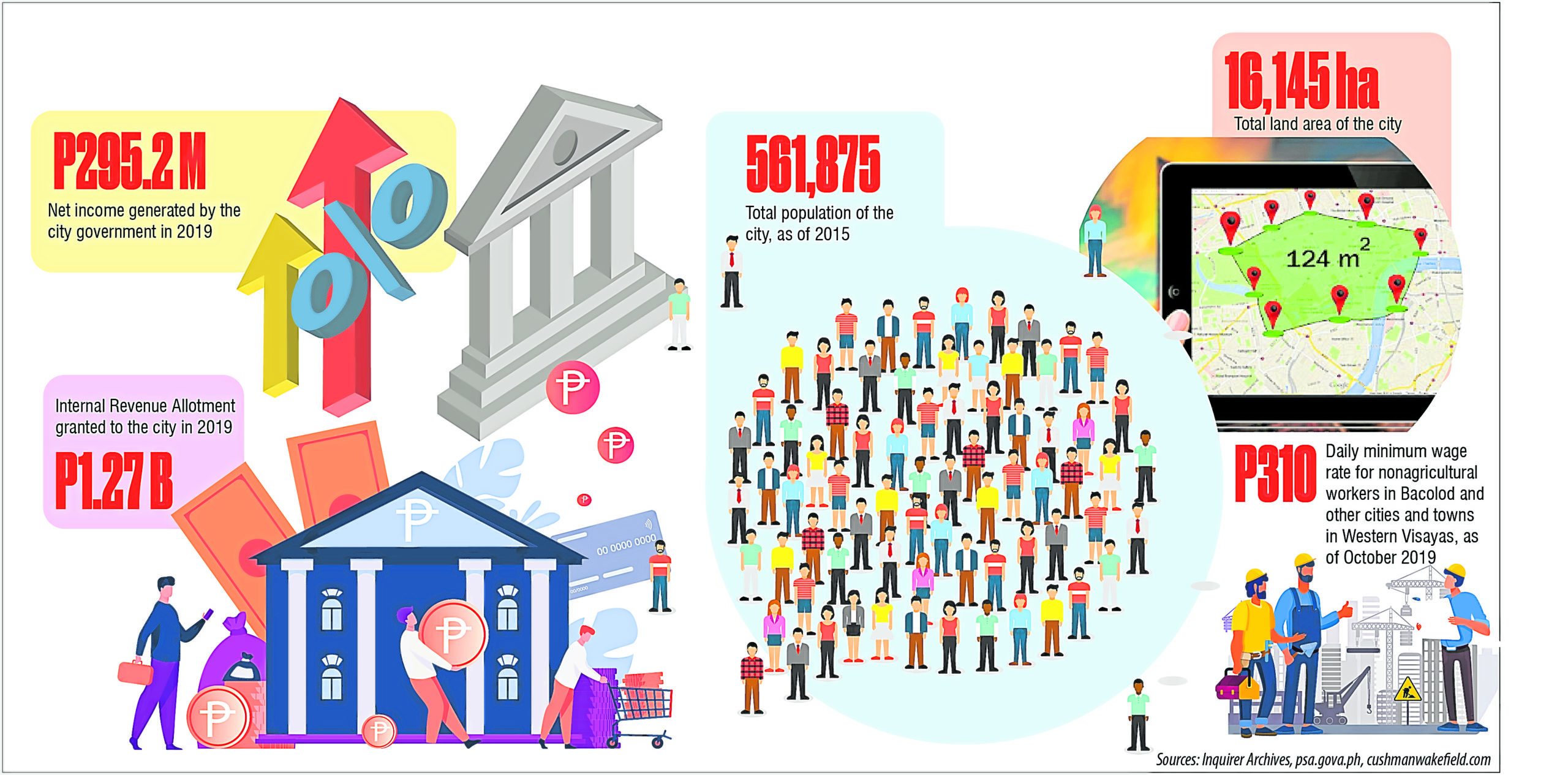Something old, something new
Bacolod, the capital city of Negros Occidental province, seamlessly blends its rich agricultural and cultural past with its burgeoning urban development.
A highly urbanized city of 561,875 people, Bacolod is now the communication and trade center of the province. But while developments such as malls, hotels and condominiums continue to rise, sugarcane plantations and paddy fields are still visible along the highways of the city, also known as the “Sugar Bowl of the Philippines.”
This integration of the old and new makes Bacolod an attractive investment destination for entrepreneurs and a top retirement location for seniors and veterans.
Rich history, cultural heritage
Bacolod was a settlement discovered in 1770 on a stonehill, or “bakolod” in Ilonggo, after which the city was named. It was a coastal village that was driven to the shoreline by Moro raids. During the Philippine-American War, Bacolod became the capital of the Republic of Negros. It was finally declared a city in 1938, during which most of its heritage structures were already built.
It has at least six historical markers installed by the National Historical Commission of the Philippines (NHCP) for its sites and monuments, the most notable of which is the San Sebastian Cathedral, also known as the Cathedral of Bacolod. Inaugurated in 1882, the cathedral is the seat of the Bacolod Diocese and is the most famous religious landmark in the city.
The province is also known for the ancestral homes of sugar barons who displayed their wealth and enjoyed opulence during the heydays of the sugarcane industry in the late 1800s. While most are in the neighboring cities of Silay and Talisay, the ancestral home of Raymundo Dizon and Hermelinda Ramos stands in Bacolod. Built in the 1950s, the house has been converted into a museum, which features a crystal collection including a piece by Ramon Orlina, vintage dolls and toys, wood sculptures and artworks by local artists.
Tourist destinations
While there are plenty of cultural sites to see in Bacolod, the city’s proximity to mountain resorts and secluded beaches makes it an enticing destination for tourists and staycationers.
Among the famous mountain resorts is the provincial government-run Mambukal Resort in Murcia town, which is just 20 minutes away from Bacolod. Located at the foot of Mt. Kanlaon, Mambukal has a bat sanctuary, bird-watching site and is also home to exotic animals. It also boasts of hot springs and waterfalls. In the first half of 2019 alone, Mambukal attracted more than 200,000 visitors and generated an income of P29 million.
Meanwhile, a four-hour land trip to Sipalay City takes you to a tropical retreat that features beaches with white-sand coastlines, caves, marine sanctuaries and rock formations. Other popular getaways near Bacolod include the beaches of Sagay City and Lakawon Island in Cadiz City, both of which are roughly an hour away from Bacolod.
Land value appreciation
Land value appreciation in Bacolod, which has a land area of 16,145 hectares, is another reason to invest and settle in the city. According to the latest Bureau of Internal Revenue (BIR) data, zonal values in some residential areas in the city grew by as much as five times in 2017 from 2002.
BIR data showed that residential properties valued at P2,550 per sqm in 2002 rose by 300 percent to P10,500 per sqm. Land values in the commercial area where SM City Bacolod is located, increased to at least P25,000 per sqm in 2017 from P20,000 per sqm in 2002.
Infrastructure
Infrastructure projects lined up for Bacolod have helped the city sustain its viability as an investment site and retain its stature as a competitive city.
One the key projects in the pipeline is the planned Bacolod-Silay Airport, which includes the expansion of its passenger terminals. The Bacolod-Silay airport provides direct flights only to local destinations, but is targeted to hold international flights. Other local government initiatives include the construction of Bacolod City South Bus Terminal, two coastal roads and a viaduct, which would make the city much more accessible to tourists and businessmen.
Sources: Inquirer Archives, Bacolodcity.gov.ph, Psa.gov.ph, Ppp.gov.ph, Bir.gov.ph


